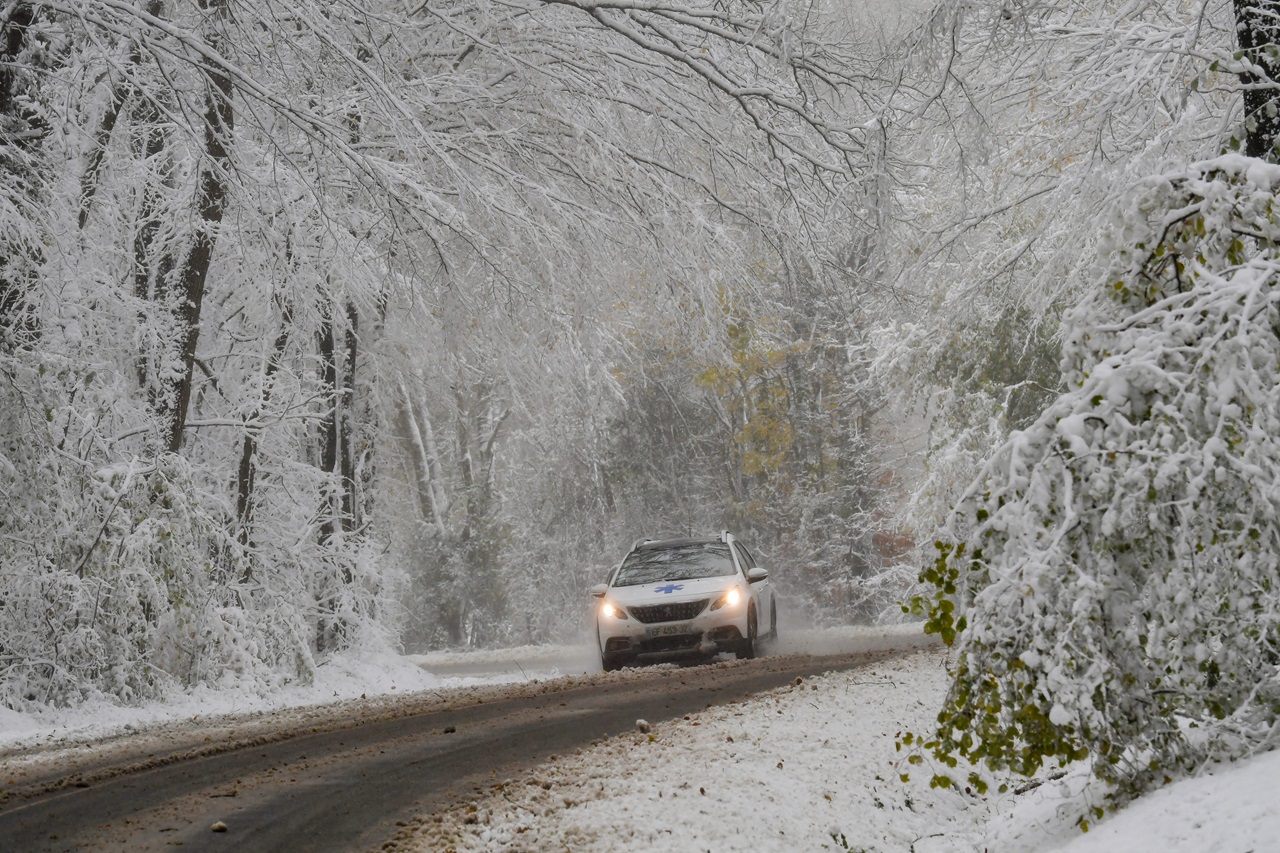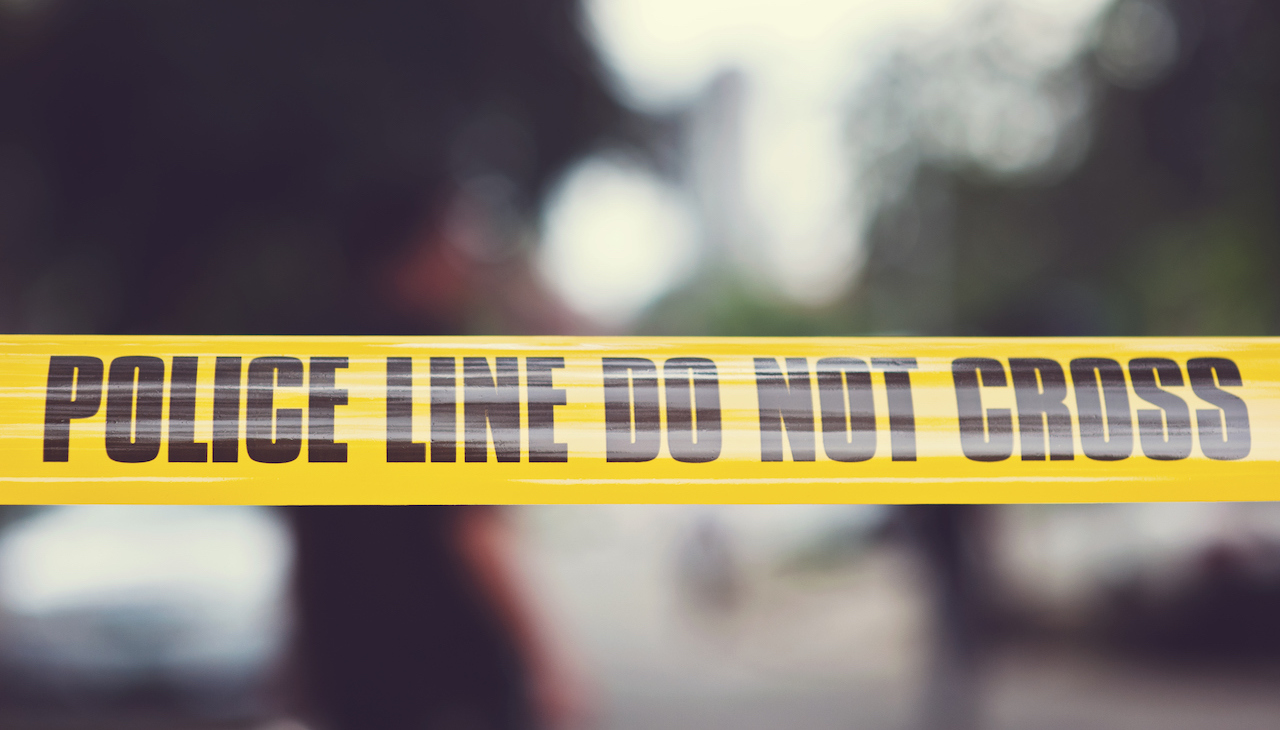
How to talk about Israel and Palestine in Philadelphia
A year ago right now, Gaza and Israel were midway through their deadliest war in recent memory.
“Operation Protective Edge” lasted 50 days between July 8 and Aug. 26, 2014. It claimed the lives of 2,220 Palestinians in Gaza, 1,492 of which were civilians and 547 children, according to the United Nations Office for the Coordination of Humanitarian Affairs (OCHA). Five Israeli civilians and 67 Israeli soldiers also lost their lives, including one child.
But you can’t make sense of the situation just looking at the numbers, whose punch-value will wane over time as the larger war continues. Where our city fits into the long-term debate — where any major international city outside the Middle East, for that matter — is far easier to untangle than the conflict itself.
Philadelphia has a vocal population of Palestinians, Israelis, Muslims, Jews, and partisan sympathizers who are trying to help their respective sides from 6,000 miles away. But nowadays, the conflict only makes the local news when there is a rally to protest the most recent clash.
There were cities called Philadelphia in the Middle East millennia before us. Today, Philadelphia is a sister city to Tel Aviv, from which Mayor Michael Nutter just returned with four new Israeli business prospects. Meanwhile, local and state legislators are hearing petitions about House Bill 1018, which would prohibit public funding to higher education programs that engage in divestment or boycott of Israel. Islamophobia, with its political ties to the Israeli-Palestinian conflict, is a persistent issue in our public life. This is all to say that Philadelphia is daily connected to what happens on that tumultuous strip along the Mediterranean Sea.
*
The Philadelphia area is home to sizeable groups from and close to both sides. There are roughly 220,000 Jewish Americans in the region, from the extremely religious to the non-practicing. And our Arab American population comes in around 50,000, a large number of whom are Palestinians.
Marwan Kreidie, director of the Arab-American Community Development Corporation, advocates regularly for local Palestinian groups, but also to works closely with Jewish groups that are in favor of a peaceful solution in the Middle East.
The Arab American CDC is starting to develop a relationship with Jewish Voices for Peace (JVP). Kreidie also says he also teams up with Adam Kessler, the director of the Jewish Community Relations Council of the Jewish Federation of Greater Philadelphia, to work against religious intolerance and bigotry. Most recently, the two groups were part of a large interfaith network that denounced the Islamophobic ads placed on SEPTA buses.
“We’re mature enough to realize we can cooperate on common interests, and we do have a lot of common interests in Philadelphia,” Kreidie said. “But obviously, we have more success working on anti-religious issues than Palestinian-Israeli issues.”
Both Kreidie and Kessler identified as leaning towards the “centrist” views from their respective stances, and both work with the far-right and far-left groups that advocate in Philadelphia. Of course, there are plenty of things they disagree about — like the BDS movement — but Kreidie says he thinks the two “agree on the outlines” of the conflict.
Education a huge component of their work. In debating the issue, Kessler says there’s a need for “creating the same center.”
“It’s a term for people who want to understand what’s really going on...and that it is a very complex story, and that your managing or understanding a handful of talking points on one side or the other just isn’t going to get us to where we need to be,” Kessler said.
It’s a no-nonsense approach to a debate that seems more shrill than ever from both sides. If you want to understand, you have to understand both sides.
When JCRC leads groups of interfaith clergy to Israel, Kessler says they take effort to “expose the group to multiple narratives,” hearing from Palestinians, Israelis on the right, Israelis on the left, and even Palestinians in the occupied territories.
Tessler notes that in any institution, there are going to be sides that disagree about tactics. When it comes to the Israeli-Palestinian conflict, he believes internal debate from the Israeli side is sign of a vibrant democracy at work. Sometimes it’s not obvious, though.
“It doesn’t take a lot to realize that the Jewish community is constantly reexamining and taking apart — the pilpul [sharp analysis] as they call it in Torah study — everything that goes on in Israel,” Tessler said. “While some of it in the public sphere, a lot of it is taking place behind closed doors, and I think that that’s appropriate.”
*
Both Kreidie and Kessler spoke about the difficulties of following the conflict from afar, and putting it into fair terms for local stakeholders.
“I think the Arab American and American Jewish communities are really not that far apart,” Kreidie said. “The question is, whose voice is being heard?”
Michael Matza, a veteran journalist for the Philadelphia Inquirer, served as the paper’s foreign correspondent in Israel from 2001 to 2006.
He recalls adding local touches that could help ground readers, like noting that the relative distance between two places. (Jerusalem and the West Bank are about as close as Franklin Mills Mall and Philadelphia International Airport.)
In his coverage of the conflict — from suicide bombers in Tel Aviv to settlers in the West Bank — Matza tried to follow one rule: write about both sides of the suffering.
But often, even one-to-one coverage wasn’t deemed objective.
“Writing as many stories on both sides theoretically leads to balanced coverage,” Matza said. “But you learn that what both parties really want is unrelenting sympathetic coverage of their side.”
Even in greater Philadelphia, his reporting could be simultaneously praised and criticized.
“Both sides are well-meaning,” Matza said. “But they also have an image to maintain, and often times they’re operating and getting information through other sources.”
Matza often finds himself often speaking of the “ground truth.” No matter what side you support, you get a different perspective depending on your proximity to the situation.
He compares the fundamental difference between a protest in Nablus versus one in Philadelphia. In the first, severe injuries or even fatalities are not uncommon. In Philadelphia, even a single death is almost unthinkable news.
Perhaps Philadelphian activists can do neither great harm nor significant good. But in any rate, the conflict rolls on.
Kessler spoke to a need for more outside peace brokers, both on the ground in Israel-Palestine and in cities around the world.
“There’s a role for outside groups, for Christian groups in particular, when it comes to making peace, and that’s to help both sides get to the peace table, not to push one side over the other,” Kessler said.








DEJE UN COMENTARIO:
¡Únete a la discusión! Deja un comentario.